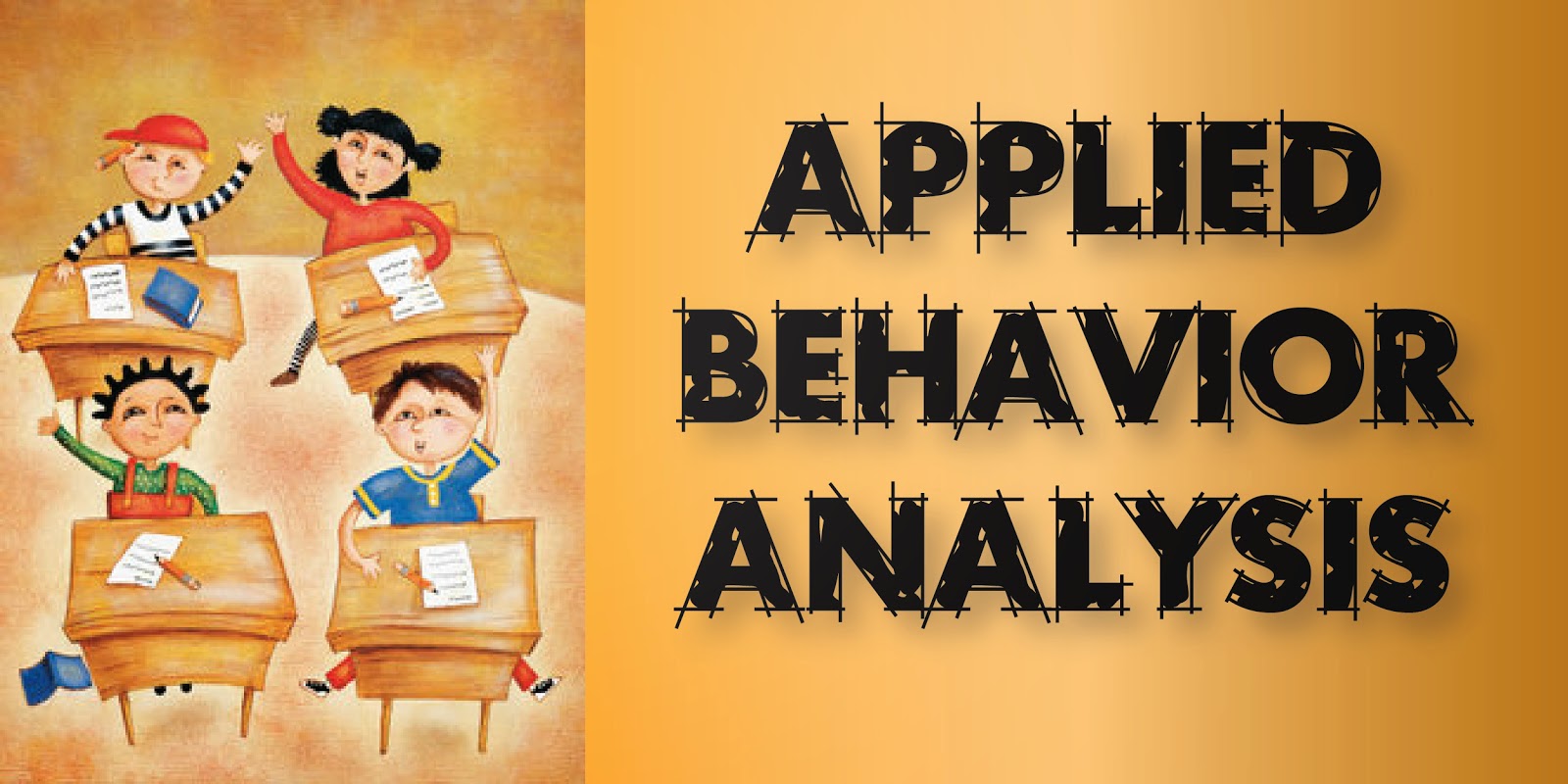Applied behavior analysis (ABA) is arguably the most extensively studied method of behavior modification for children with autism spectrum disorder. While ABA is well known to the informed quarters in the autism circle, there are still a lot of misconceptions about the basic principles of the method in general. For example, ABA is often misunderstood as being limited to Discrete Trial Teaching (DTT), whereas both in theory and in practice, DTT is just a part of ABA therapy.
Then again, a very common myth is that applied behavior analysis is punishing and dreadful for a child already lacking in ‘normal’ sensory and response behaviors. This myth is rooted in the early days of ABA when teachers actually used physical punishment, either as a deterrent or as a form of retribution. But as the world came to know more about autism and the ways to deal with it congruently, out went punishment and in came positive reinforcers. Today, ABA therapy completely rules out the use of punishers. If a response is unwanted, the stimulant eliciting that response is removed.
A reinforcer is not a bribe, but that’s what some people think it is. Well, a bribe is agreed upon as a reward before the act is done. But a reinforcer, which is an integral part of the applied behavior analysis model of autism management, is provided after the act is done.
Unfortunately, ABA is often erroneously likened to a mechanical teaching tool. It is not. While teaching language skills to children with autism, the applied behavior analysis method breaks down the complex procedure of language acquisition into smaller steps, so the learner can systematically develop the necessary skills starting with the simplest.
In case you are an aspiring behavior analyst or just fascinated with scientific autism research, send your feedback to info@ilearnnearn.com.


